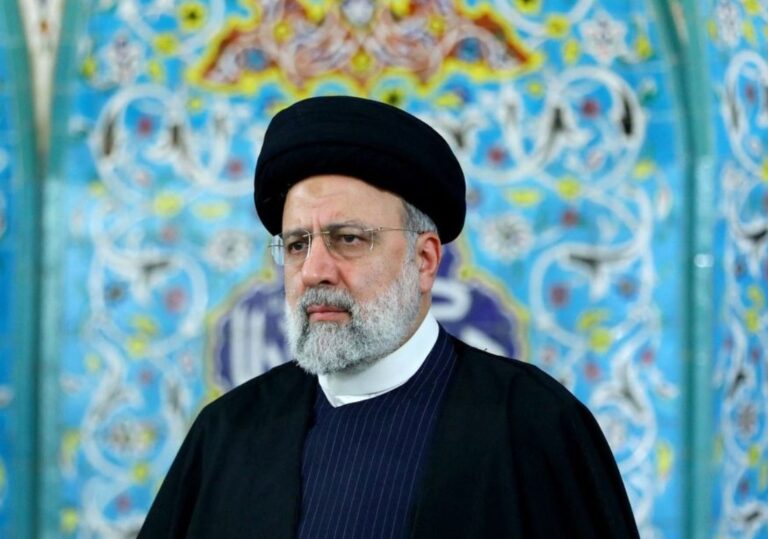In a tragic event, Iranian state media reported on May 20, 2024 that President Ebrahim Raisi and Foreign Minister Hossein Amir-Abdollahian were killed in a helicopter crash in northwest Iran.
The presidential helicopter, part of an aerial convoy of three helicopters, experienced a “hard landing” while returning from a visit to a dam in East Azerbaijan province.
Table of Contents
Details of the accident
Drone footage shared by the Iranian state news agency IRNA shows the wreckage of the helicopter on a wooded hillside, with the tail section near a scorched area and debris scattered around.
Rescuers have found no signs of life at the crash site, which is located in a mountainous region that is difficult to access and poorly connected to telecommunications networks. The rescue operations were further hindered by fog and rain.
Among those on board were Malek Rahmati, the governor of East Azerbaijan province, and Ayatollah Mohammad Ali Ale-Hashem, the Supreme Leader’s representative in the region.
Rescue efforts have been complicated by the challenging terrain and adverse weather conditions.
Reactions and speculations
Hardline supporters of the regime have urged Iranians to pray for President Raisi, who was considered a close ally of Supreme Leader Ali Khamenei and a potential successor.
Some have speculated about external involvement in the crash, especially given the ongoing conflict in Gaza and the active role of the “Axis of Resistance” led by Tehran. However, state television attributed the accident to poor weather conditions.
Recent context and tensions
President Raisi had recently met with Azerbaijani President Ilham Aliyev to inaugurate a dam in the border region, highlighting the complex geopolitical relationships in the area.
The crash comes amid heightened tensions, following an unprecedented direct attack by Iran on Israel in response to an Israeli strike on an Iranian consular annex in Damascus. This exchange involved more than 300 projectiles, including ballistic and cruise missiles.
Ebrahim Raisi’s presidency
Ebrahim Raisi, elected in 2021, represented the hardline faction of the Iranian regime. Despite being the second-in-command to Ayatollah Khamenei, Raisi held significant influence.
His presidency saw a crackdown on the “Woman, Life, Freedom” movement, which emerged in September 2022 after the death of Mahsa Amini, leading to around 500 protesters being killed according to human rights organizations.
Raisi was also facing a lawsuit in Switzerland for crimes against humanity related to his role in the mass execution of dissidents in 1988.
Implications of Raisi’s death and geopolitical consequences
The death of President Raisi raises the possibility of a new presidential election. The vice president would serve as interim president until an election is organized within 50 days.
Raisi was seen as a potential successor to Supreme Leader Khamenei, along with Khamenei’s son. The decision on the Supreme Leader’s successor theoretically lies with the Assembly of Experts, which represents a conservative line and was recently re-elected.
The crash could impact the ongoing rapprochement between Azerbaijan and Iran, initiated following the war in Nagorno-Karabakh last September. Tehran might reverse these measures if the crash is found to be a premeditated act involving Azerbaijan.
Additionally, the incident raises questions about the indirect talks between Iran and the United States aimed at preventing regional escalation amid the Gaza conflict. Iran’s nuclear program could also be reconsidered, especially if the Islamic Republic perceives an “existential risk.”
Read also: Conflict in the Gaza Strip, who supports Israel and who Hamas? The major funders of the war












